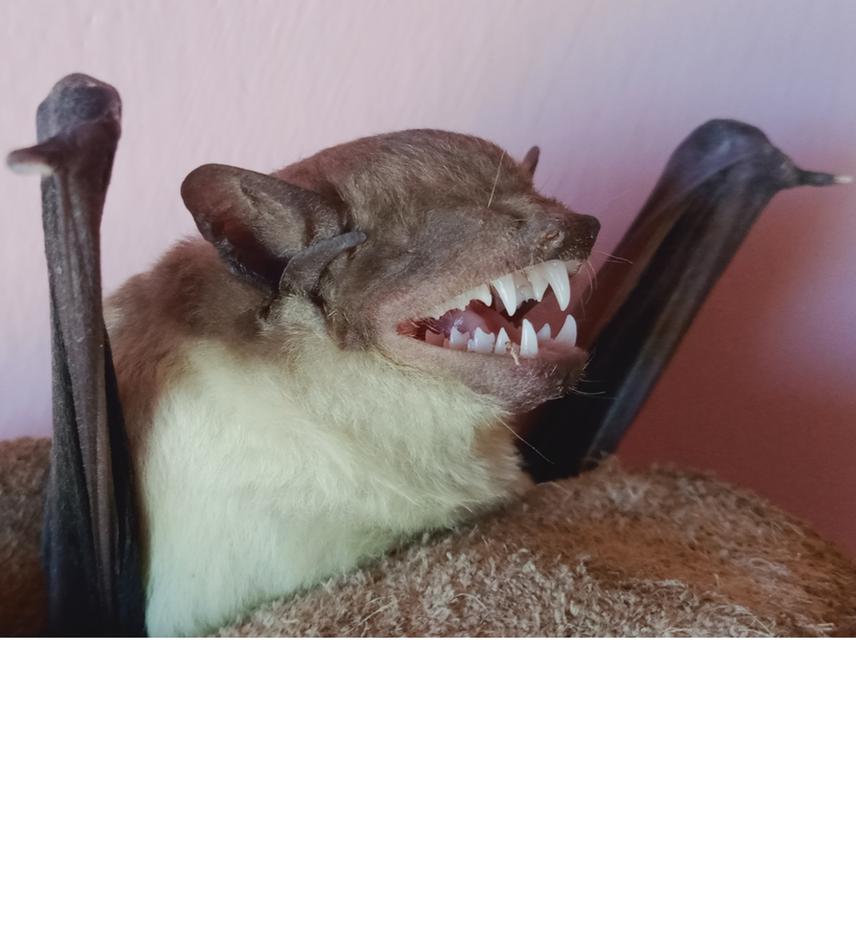Sospeter Kibiwot
To compare bat abundance and species richness along a gradient of disturbance from the matrix through the edge and into the forest interior at both forests also assess the influence of human activities, disturbance on different bat species and species assemblages at both forests
Finally establish a comprehensive local echolocation call library of bats at both forests and adjacent areas to facilitate future acoustic studies and monitoring of bats and working to sensitize local communities on what bats are, their ecosystem roles, need to conserve them, why forests are important and need to conserve them for bats and other fauna.

Scotophilus andrewebori. © Sospeter.
This study will be undertaken at South and North Nandi forests Kenya in which with Kakamega forest form part of the Western Kenya rainforest region and the eastern-most limit of the Guinea–Congolian tropical rainforest that lies along the equator from West Africa to East Africa.
The project will last one year, with fieldwork taking 7 months, two weeks every month, main activities of bat captures and acoustic bat detector surveys will run concurrently. Also, during the 7 months, public education and community outreach initiatives among local communities and select local schools will be conducted.
Bats will be sampled at the two forests varying in forest area and human-use regimes. At each of the two forests, sampling will be conducted at three locations, namely matrix, edge and interior. Each forest will be composed of three preselected replicates.
Since this will be the first study of bats at Nandi forests in western Kenya, many species of conservation concern, probably including cryptic species, are likely to be discovered. Kenya Forest and Wildlife Services which manage different sections of the forests will have baseline data on extant species, their status and how they are affected by ongoing habitat degradation in the area. The findings of this project will aid in establishing bat conservation and environmental protection strategies.